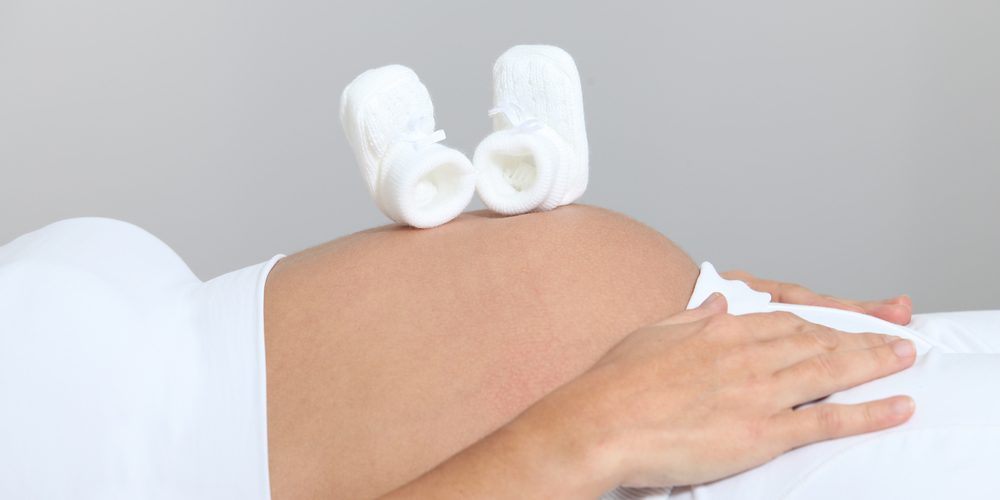Many expectant moms in the High Desert region may be faced with the decision as to whether or not they should induce their labor. There are a variety of reasons to induce labor, including the health of the mother, the health of the baby or the current condition of the placenta, to name a few. However, labor induction does not come without its risks. At Reza Ahmadinia OBGYN, Apple Valley women who are pregnant should understand the risks of an induction before they decide if this is the right choice for them.
What are the Risks Associated with Inducing Labor?
The risk of having a c-section increases when labor is induced. In some cases, a woman might be induced before her due date and her cervix may not be prepared for labor. Even with the induction drugs that are used during the process, the cervix may not be ready to dilate and deliver a baby. In this situation, a c-section will be necessary in order to deliver the baby.
The drugs that are used in order to induce labor can impact the baby’s heart rate and result in a low heart rate for the newborn. This happens because of the medication that is used during an induction. In some cases, this medication can produce too many contractions at once time, and it can effect the baby’s oxygen levels. If the baby does not get enough oxygen, it will have a low heart rate that lingers possibly after birth.
In some cases, the mother and baby are at an increased risk of infection when labor is induced. Doctors will monitor both patients for signs of infection after the delivery in order to ensure that it is treated as quickly as possible. This helps to prevent complications after the birth.
There may be uterine complications during the labor or immediately following the birth of the baby. The induction reduces the chances of the uterine muscles contracting as they should after the baby is delivered, and this can cause excessive bleeding. Serious bleeding may have to be addressed by medical professionals immediately following the delivery of the baby. Also, uterine rupture is a risk of inducing labor
. This is a rare complication, but this situation may occur if a woman is trying for a vaginal birth after caesarian and has to be induced. Uterine rupture occurs if the uterus tears along the previous scar tissue, and an emergency c-section is required to deliver the baby.
In the case of a normal and uncomplicated pregnancy, many obstetrics and gynecology experts would recommend waiting for natural labor to progress. However, this is not always possible in all situations, so it is important that women understand the process of inducing labor and the risks involved.
Ultimately, the goal is to deliver a happy, healthy baby and to ensure that the mother is completely healthy at the same time. Women who are nearing the end of the pregnancy should discuss induction further with their doctor if they feel like it may be the best choice for them.





